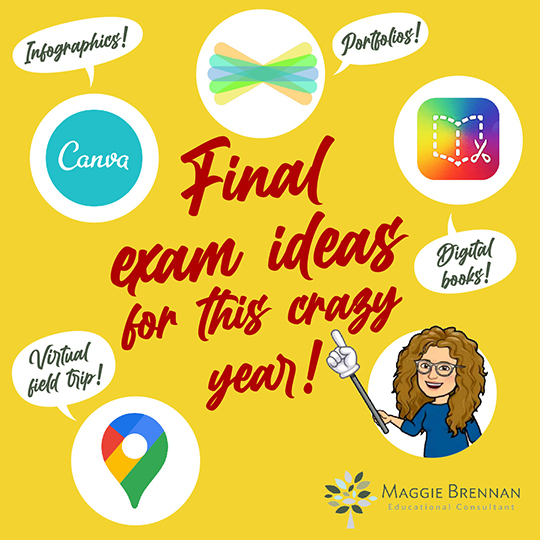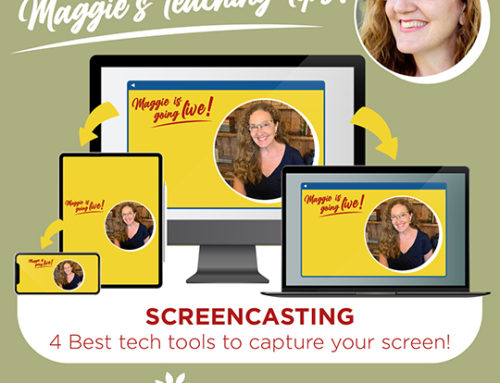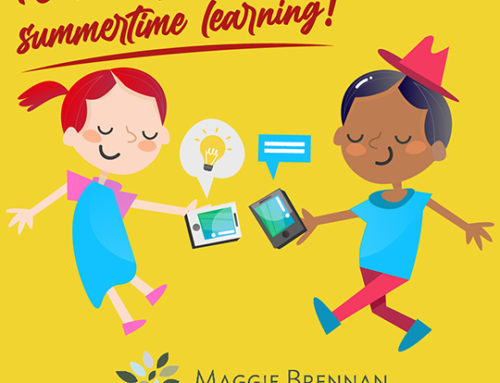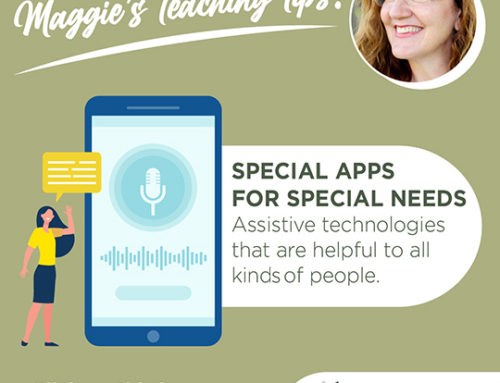Let’s get creative and offer interesting final exams that reflect their learning.

s this extraordinary pandemic year comes to an end, I’m sure many of you are questioning your final exam. What can we test them on? How can we truly assess what they’ve learned? How can we make sure it’s fair? When will I have time to write a new final exam because the one I have on file doesn’t apply to this year!
I’m sure you didn’t get through as much material this year as you did in previous years. Then there was the problem with attendance and participation. And let’s not even talk about whether they learned as much through Zoom as they normally do in the classroom.
This is a tough one!
Well, let me give you some ideas.
The key here is to assess your students on what they have learned, not on what they haven’t. The best way to do that is to have them produce something original that shows their understanding of the concepts. You don’t need to create a new test, they need to create something of their own.
When students are creating something original, and not just responding to questions from the teacher, they must learn the material. They have no other option! The best part is that this strategy virtually eliminates the possibility of students copying or cheating. Plus, let’s face it, traditional written tests are based on memorization of facts and a “repeat it back to me” strategy. That’s never a good idea, in any circumstance. Worst of all, your students don’t learn anything in the process!
So here are some ideas to spark your imagination for your next assessment:
PORTFOLIOS:
This is probably my favorite type of year end assessment.
Have students gather examples of their work over the semester or the year. This is a wonderful exercise for students to realize everything they have done and how much they’ve grown. It doesn’t need to include all of their work. It should just have some examples of what they have done.
Have them upload a sample of their work (either a document or a photo) and then record “voiceovers” to explain why they chose that example. Or they can label each photo with text, explaining the important aspects.
Have them include a reflection on what they have done well, how they could have done better or what they would like to continue learning.
Just make sure the focus is on reflection and improvement, not on just uploading photos to a fancy website.
Tech tools to use for this project: SeeSaw, Google Slides, Book Creator or Bulb.

GET CREATIVE!
Most students love the option of doing a creative or artistic project instead of a traditional test. I think they believe that a project is less work than studying for a test. (Let’s just keep it our secret that it is often more work for them. Haha) In either case, it’s not a problem because honestly, they enjoy the process.
Some ideas for creative projects include:
- Create an original “infographic” with images, text and colors using Canva
- Collaborate on a digital book with Book Creator
- Design an original website using Wix where each student creates a page
- Guide students through a virtual field trip using StoryMaps JS
- Produce a comicstrip with Pixton
These types of projects can be quite complex or very simple. The most important part is for you, the teacher, to be very clear about what you are expecting from them. If this is a year end assessment, explain in detail how many topics they need to include, from which units and what type of reflections you are looking for.

TRY A VIDEO PROJECT
I used to organize a “Foreign Film Night” at our school auditorium at the end of the year. It was all the videos that my students made in my Spanish class. (Of course, I had them add subtitles because otherwise the parents wouldn’t understand a thing!)
It was quite a large project where the students worked in groups to come up with an idea, write a script, create costumes, memorize their lines (kind of! haha), and then edit the video into something presentable. I won’t lie, it was a lot of work. But they absolutely LOVED the entire thing.
Again, the most important thing you can do is to be very clear on your expectations. Give them clear instructions and a rubric. For example:
-
- The script must be turned in first (that way I could correct the Spanish before they recorded the video).
- The video must be 5 – 10 minutes long.
- All group members must appear on camera and speak.
- All spoken dialogue must be in Spanish.
- Please, no inappropriate behavior (I had trouble with that once or twice!)
This is an excellent final assessment because it involves group work and individual work, as well as speaking, reading, writing and listening. It literally has everything! (And it’s a lot of fun to watch all the videos at the end of the year!)
CREATE THEIR OWN EXAM
One time, I thought to myself “Writing tests is so hard. I’m sure the students have no idea how hard it is to create a challenging test, yet to make it fair”. I guess I was wishing they understood how much time and effort went into it!
So, I decided to have them take a stab at it. I had them write their own unit test. It was truly an eye opening experience for them. They wrote a traditional exam with different types of questions: multiple choice, fill in the blank and short answer. Afterwards, they had to provide all the answers to the questions on a separate copy.
They clearly had to understand the concepts in order to write all the questions and answers. It was a great learning experience for all of them! Plus, it gave me lots of great ideas for questions on the following year’s test!
CONCLUSION
Whatever type of final exam you decide to give, just remember that the important thing is to give your students the opportunity to show what they’ve learned. Allow them to shine! You want them to explain what they’ve learned and how they’ve learned it. Have them apply that knowledge through reflections, opinions, analysis, comparisons etc. Not only are these types of final assessments great for higher-level thinking, but they totally avoid the “spit back to me” and memorization type questions that are so common on traditional tests. You want to encourage students to be themselves, be creative and reflect on their work, whenever possible.
Good luck!
Want a Free Online Teaching Guide?
5 Simple Ways to Improve Online Teaching
Just subscribe below.
You can unsubscribe from the list at any time





